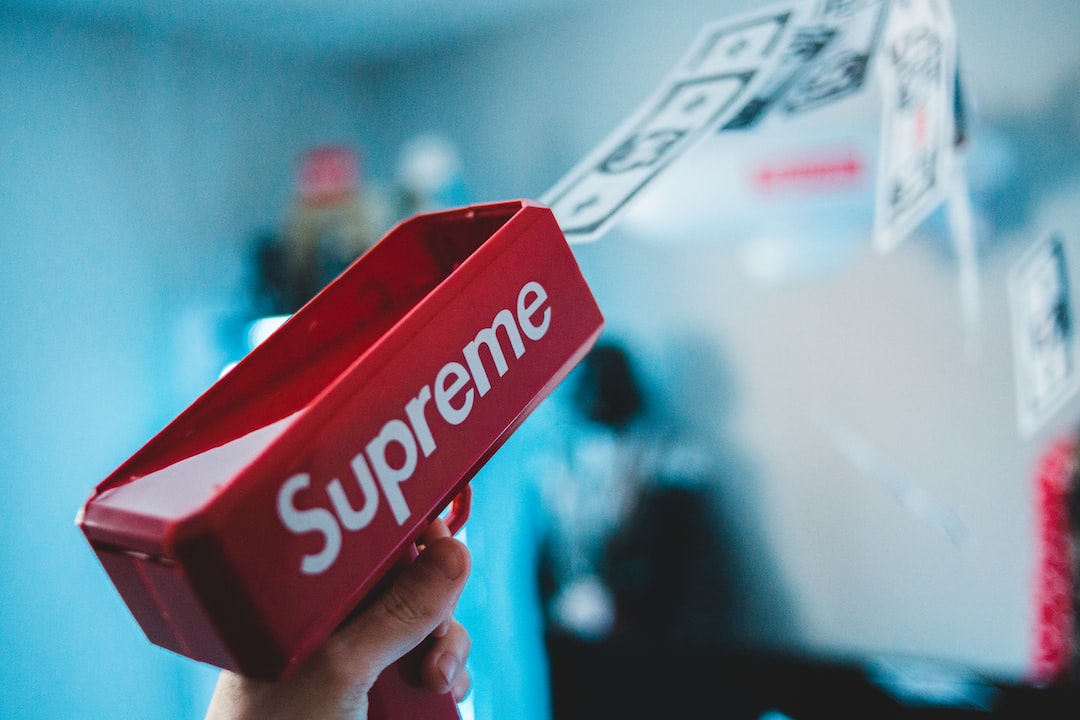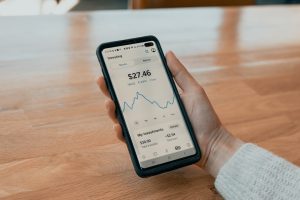BMW is a well-known German automobile manufacturer that produces luxury cars and motorcycles. The company has a global presence and operates in many countries around the world. To maintain its global operations, BMW uses forex (foreign exchange) to manage its currency risks.
Foreign exchange, or forex, refers to the market where currencies are traded. This market is one of the largest and most liquid financial markets in the world, with daily trading volumes exceeding $5 trillion. Forex is used by individuals, businesses, and governments to exchange currencies for various purposes, such as international trade, investment, and tourism.
BMW is a multinational company that operates in many countries, which means it deals with multiple currencies. As a result, the company faces currency risks due to fluctuations in exchange rates. For instance, if the euro strengthens against the US dollar, BMW’s profits in the US market may decline because it will receive fewer euros for its US dollar earnings.
To manage its currency risks, BMW uses forex hedging strategies. Hedging is a technique used to reduce the risk of adverse price movements in an asset. In forex, hedging involves taking a position in the market that offsets the risk of an adverse currency movement.
There are various forex hedging strategies that BMW can use, such as:
1. Forward contracts: A forward contract is an agreement between two parties to buy or sell a currency at a fixed price on a future date. BMW can use forward contracts to lock in a specific exchange rate for a future transaction, thereby reducing the risk of adverse currency movements.
For example, if BMW is planning to import car parts from Japan in six months and expects the Japanese yen to appreciate against the euro, it can enter into a forward contract to buy yen at the current exchange rate. This way, BMW can avoid the risk of paying more euros for the same amount of yen in the future.
2. Options: An option is a financial contract that gives the buyer the right, but not the obligation, to buy or sell a currency at a predetermined price on or before a specific date. Options can be used to protect against adverse currency movements while allowing for potential gains if the exchange rate moves in BMW’s favor.
For example, if BMW has a significant cash flow in US dollars and expects the euro to depreciate against the US dollar, it can buy a put option on the euro. This option will give BMW the right to sell euros at a fixed price, which means it can protect its cash flow against a decline in the euro’s value.
3. Swaps: A swap is an agreement between two parties to exchange currencies at a predetermined rate and then reverse the transaction at a future date. Swaps can be used to manage BMW’s long-term currency risks by locking in exchange rates for an extended period.
For example, if BMW has a subsidiary in the UK that generates profits in British pounds, it can enter into a currency swap to convert the pounds into euros at a fixed rate. This way, BMW can avoid the risk of currency fluctuations affecting its profits in the UK market.
In conclusion, BMW uses forex to manage its currency risks and protect its profits from adverse currency movements. The company uses various hedging strategies, such as forward contracts, options, and swaps, to minimize its exposure to currency fluctuations. By managing its currency risks effectively, BMW can maintain its global operations and remain competitive in the luxury car market.





